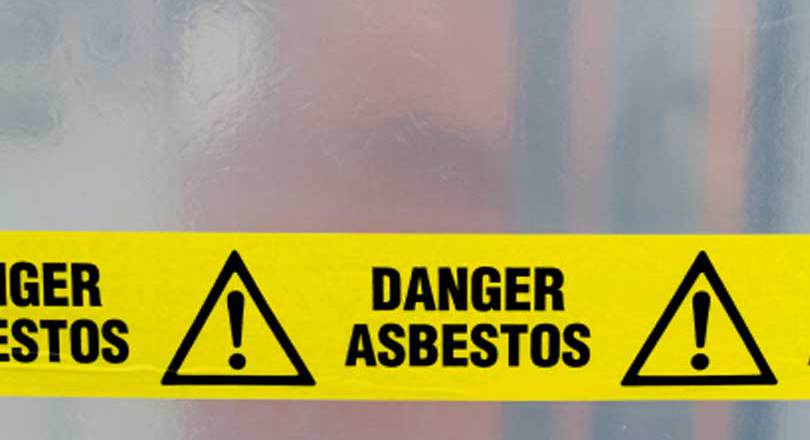The study was set up in the 1980s to learn more about the long-term health of engineers, managers, clerical, industrial and construction workers in electricity generation and transmission.
It followed a cohort of more than 80,000 people, all of whom were employed at the former Central Electricity Generating Board for at least six months between 1973 and 1982.
“Cancer incidence in UK electricity generation and transmission workers, 1973–2015”, published in the journal Occupational Medicine, compared the rates of various forms of cancer among the cohort with those of the general population.
The incidence of all forms of cancer among the electricity workers was broadly average, the study from the University of Birmingham found.
However, the incidence of mesothelioma, a form of cancer caused by exposure to asbestos, was more than three times higher in male workers.
The authors did not release the rate of mesothelioma among female workers because of concerns that the data would be disclosive – ie it could lead to individuals being identified.
Unusually, the high rate of mesothelioma was not matched by a high rate of lung cancer, which can also be caused by exposure to asbestos. In the general population, there is a 1:1.1 ratio between mesothelioma and asbestos-related lung cancer.
In fact, the rate of lung cancer among all generation and transmission workers was very low.
Male employees also had slightly higher rates of non-melanoma skin cancer (6% higher) and prostate cancer (also 6%) than the general population, although the latter is not thought to be related to occupational exposures.
Non-melanoma skin cancer was found to be highest in transmission workers, which the author, Professor Tom Sorahan, said was likely to be due to longer periods spent working outdoors.
Rates for other forms of cancer, including liver and pancreas, among male workers were found to be lower than the general population.
Among female workers, the highest rates of cancer were found to be of the small intestine and nasal cavities, but the absolute number of cases of these was very small. The author said it was unlikely that these cancers were related to occupation.
Female electricity workers also had a 10% higher rate of breast cancer than the general population.
The study has been running since the 1980s and is periodically updated to adjust the cancer incidence rates. It is funded by the electricity supply industry via the trade body the Energy Networks Association.

